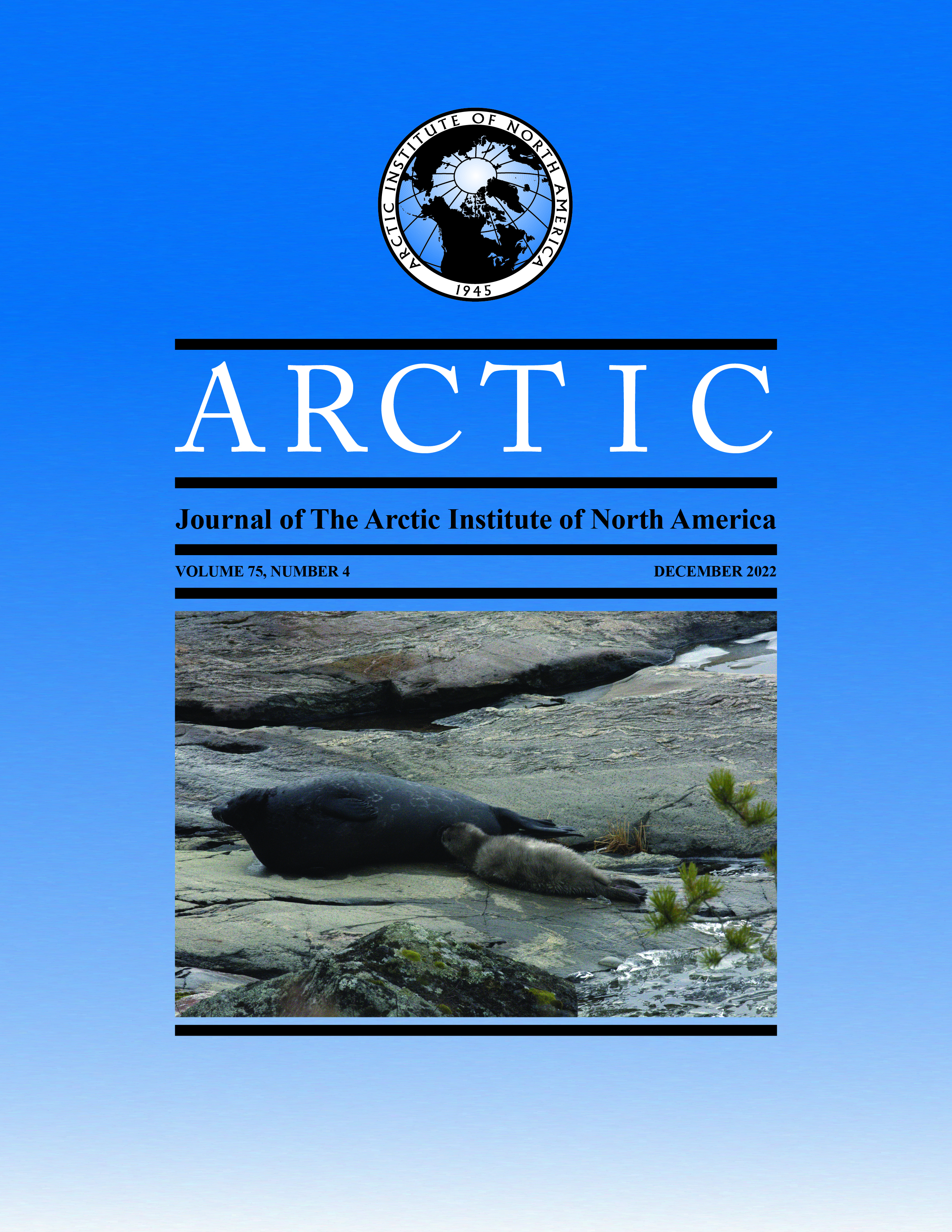Analysis of Changing Levels of Ice Strengthening (Ice Class) among Vessels Operating in the Canadian Arctic over the Past 30 Years
DOI:
https://doi.org/10.14430/arctic75553Keywords:
Arctic shipping; climate change; sea ice; shipping risk; hull ice strengthening; ice class; Northwest PassageAbstract
Climate change is impacting sea ice extent and thickness in the Canadian Arctic, creating an increase in maritime accessibility that may accentuate risks related to ship operations due to a related increase in sea ice mobility. The overall risk to ships operating in regions with mobile sea ice will vary significantly depending on the ice class (i.e., level of ice strengthening) of the vessel. Several studies have examined the implications of sea ice change for ship operations, but to date limited analysis has been conducted to understand whether levels of ice strengthening are changing among vessels operating in the Arctic. To address this research gap, more than 100,000 ship position reports covering a 30-year time period were obtained from the Canadian Coast Guard in order to evaluate changes in shipping activities across Arctic Canada by vessel ice class. Between 1990 and 2019, there has been a substantial reduction in the number of highly strengthened PC3 ships (25%) and a large increase in the number of medium-strengthened PC7 (605%) and low-strengthened 1B (180%) vessels. These trends are particularly acute for certain vessel types, including bulk carriers, cargo ships, and passenger vessels, and also within certain geographic areas, including the Northwest Passage. The combination of climate change – induced increases in sea ice – related navigational hazards and the observed decrease in highly strengthened ships operating in the Canadian Arctic could lead to a larger number of accidents and incidents as a proportion of total operational vessels and points to the need for infrastructure and service investment congruent with overall increases in particular types of maritime shipping activities expected in the near- to medium-term future.
Downloads
Published
Issue
Section
License
Copyright (c) 2022 ARCTIC

This work is licensed under a Creative Commons Attribution 4.0 International License.


